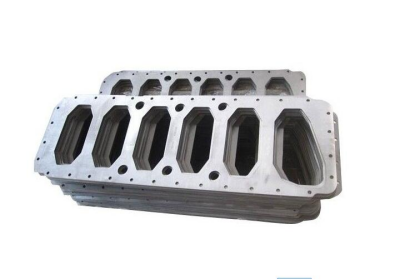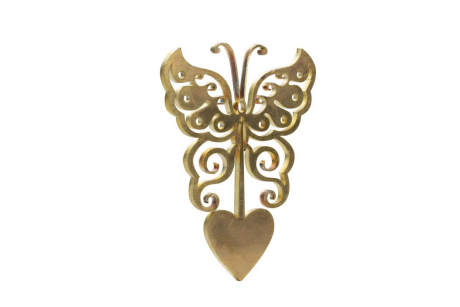As laser cutting is used in more and more fields, there are more and more applicable materials. However, different materials have different characteristics, so there are different things to pay attention to when using a laser cutting machine for metal cutting. A brief analysis of the main auxiliary gases used in laser cutting:
|
Carbon steel
This material gives better results when cut with oxygen. When using nitrogen as the processing gas, the cut edges will be slightly oxidized. |
Stainless steel
Cutting stainless steel requires the use of nitrogen to obtain an oxidation-free and burr-free edge, which does not require further treatment. Coating an oil film on the surface of the board will achieve better perforation effects without reducing the processing quality. |
|
Aluminum
Although aluminum is a highly reflective material, aluminum thicknesses up to 6mm can be cut, depending on laser capabilities. When cutting with oxygen, the cutting surface is rough and hard. When using nitrogen, the cutting surface is smooth. Pure aluminum is very difficult to cut because of its high purity. Aluminum can only be cut when a "reflective absorption" device is installed on the system. Otherwise reflections can damage the optical components.
|
Copper and brass
Both materials have high reflectivity and very good thermal conductivity. Brass with a thickness of less than 1mm can be cut with nitrogen; copper with a thickness of less than 2mm can be cut, and oxygen must be used as the processing gas. Copper and brass can only be cut if a "reflection absorber" device is installed on the system. Otherwise reflections can damage the optical components. |



